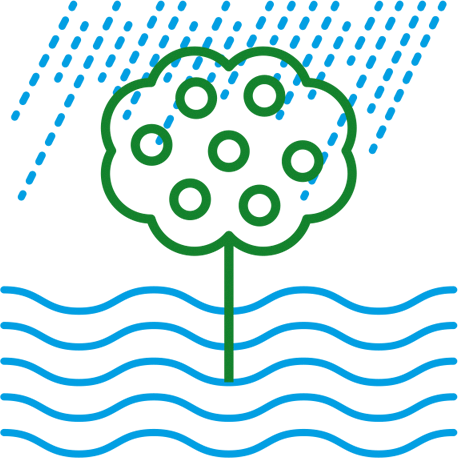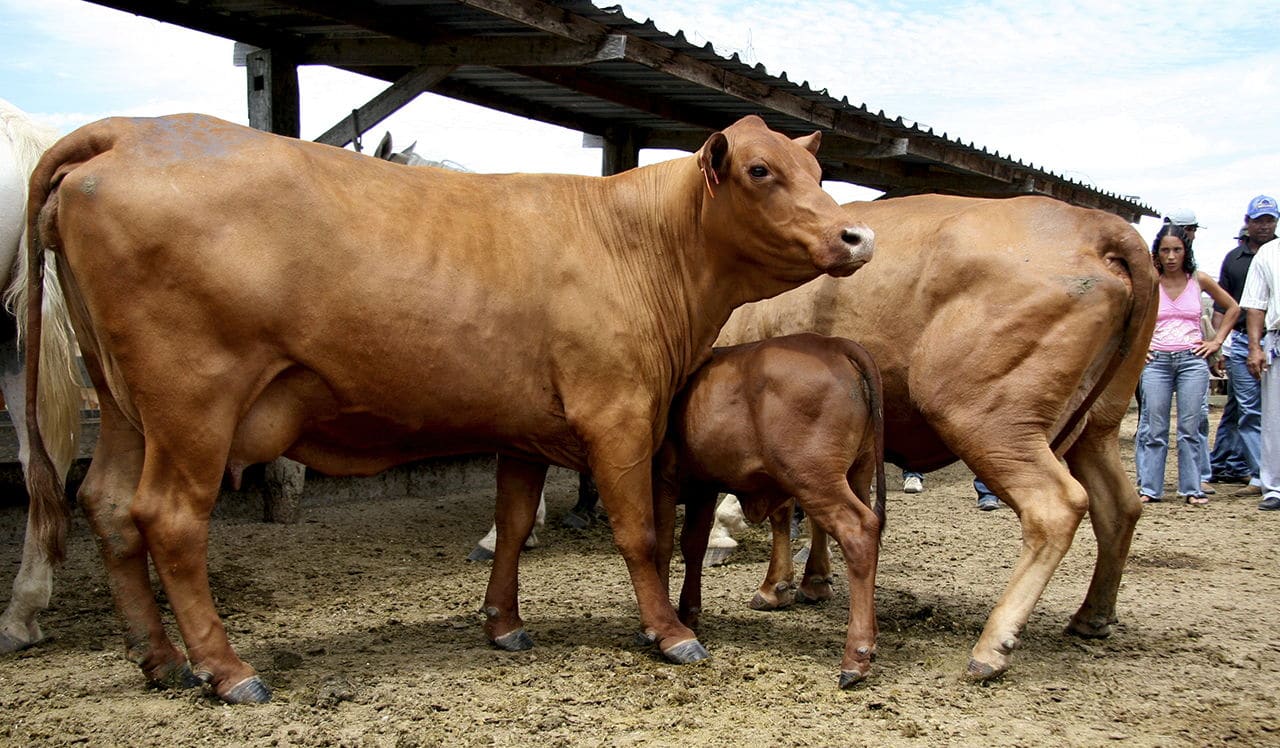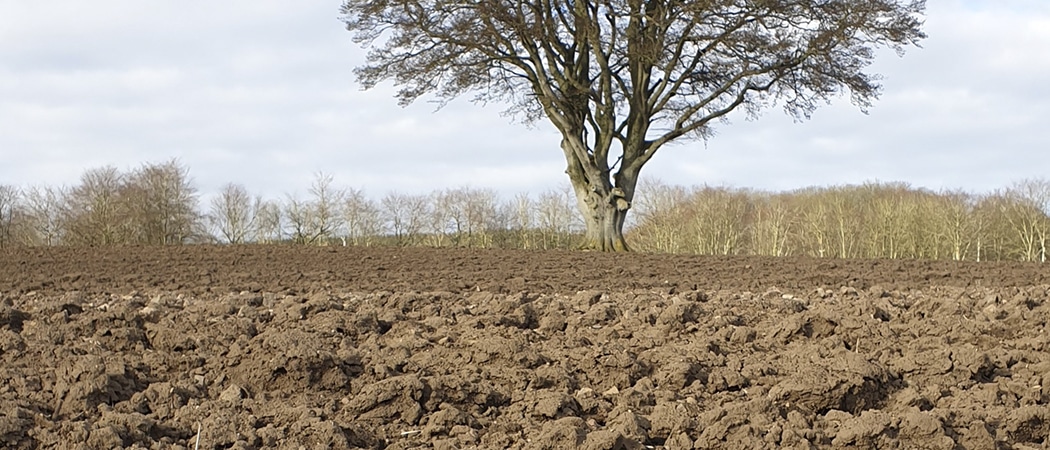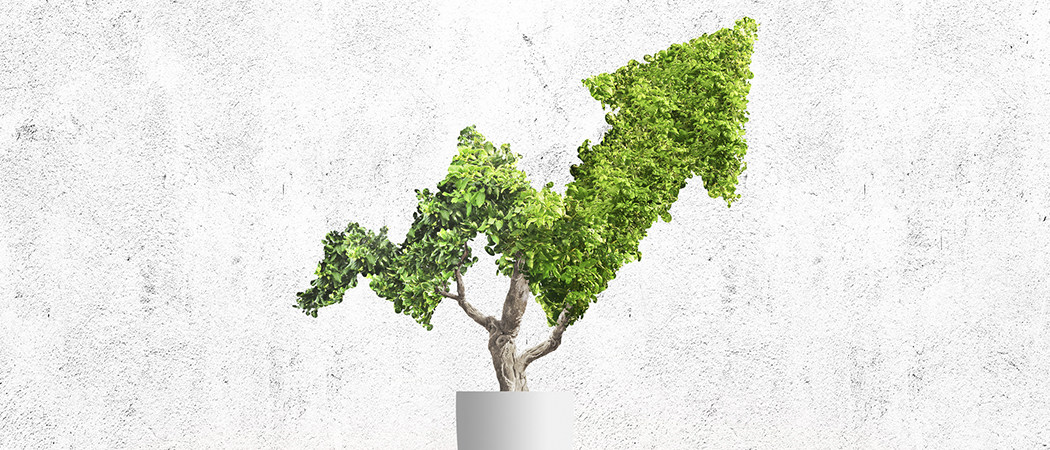TEXT MARINA CALVO | PHOTOGRAPHS ISTOCK
It can be effective in mitigating agricultural losses arising from the climate emergency by providing stability to agricultural production.
Agricultural insurance allows producers to protect their crops or livestock by taking out an insurance policy. It is limited to the risks caused by natural disasters, such as meteorological events, fires and certain diseases that cannot be controlled by humans. It does not cover economic risks, which unfortunately remain the most common.
Some examples of this type of insurance are:
- Casualty or combined insurance: covers damages to insurable risks based on the location of the farm, plant species being cultivated, etc. Some of the combined coverage offered insures against fire, frost, rain, snow, hail, wind and so on. It covers the loss of yields caused by climatic adversity that cannot be controlled by farmers, including drought and frost. For example, crop yield insurance can cover olive, almond, cereal or vineyard plantations.
- Comprehensive insurance: covers the loss of production caused by events that cannot normally be controlled by farmers, such as hail, fire and drought.
- Livestock insurance: this type of insurance can insure against climate damage and other exceptional events; as well as:
- Accidents and animal diseases.
- Compulsory animal slaughter.
- The cost of destroying dead animals.
- Compensation for lack of pasture.
JUAN SÁEZ, MAPFRE Director of Agricultural Insurance
We are witnessing natural disasters of greater intensity and frequency all over the planet. Therefore, every country or economic region is trying to anticipate and mitigate their impact. Managing these risks has become a necessity. Within this analysis, insurance policies are an effective measure for mitigating their effects and overcoming these situations.
If risk management is fundamental to any activity, it is even more so in the agricultural sector, which operates outdoors. Protected agriculture offers a greater guarantee of food availability and a way of stabilizing rural populations.
This protection involves taking advantage of all the opportunities that technology provides. This applies to contract execution and to managing both the quantification of damages when they occur and the payment of the corresponding indemnification, all with the utmost agility and precision.
The spanish model, an international benchmar
In the face of natural risks affecting agriculture and livestock, Spain’s combined agricultural insurance has offered a coverage system since 1980, based on a pool of private insurance companies (Agroseguro) with the InsuranceCompensation Consortium acting as a reinsurer.

Agroseguro
Agroseguro (Agrupación Española de Entidades Aseguradoras de los Seguros Agrarios Combinados — Spanish group of combined agricultural insurance providers) is responsible for managing combined agricultural insurance. It does this on behalf of the insurers participating in the pool—including MAPFRE—contributing to the economic and social development of the agriculture sector.
IGNACIO MACHETTI, Chairman of Agroseguro
Over the course of its four decades, the Spanish agricultural insurance system has become an international benchmark, to the point where the European Union values the model as the best (as highlighted in the European Commission report (2017) Insurance of weather and climate-related disaster risk: Inventory and analysis of mechanisms to support damage prevention in the EU) at protecting agriculture against climate risks. THE SPANISH AGRICULTURAL INSURANCE SYSTEM HAS BECOME AN INTERNATIONAL BENCHMARK Agricultural insurance premiums in Spain total more than 740 million euros for insured capital of over 14 billion euros, with the main line being fruit. It is estimated that 90 percent of fruit growers have coverage against the types of incident described in the article.
Brazil, a giant agribusiness
Beyond Spain, MAPFRE offers agricultural insurance in Latin America, with special emphasis on Brazil, where the company leads with a 61.7 percent share of the agricultural insurance market. It also operates in Mexico, Argentina, Uruguay, Paraguay and Colombia.
In 2019, agriculture accounted for 43.2 percent of Brazil’s exports, mainly soybeans, meat and cereals. Brazil is the world’s third largest agricultural exporter according to data from the Food and Agriculture Organization of the United Nations (FAO). Agriculture is its main economic pillar, accounting for one quarter of its gross domestic product (GDP) and employing one in five workers.
Some of the biggest risks it faces are climaterelated losses, which could result in millions of dollars of damage according to estimates recently provided at the UN Climate Change Conference.
MAPFRE has been operating in this segment for 15 years in Brazil, with an insurance portfolio applicable to more than 60 crops and insurance solutions that protect rural property, machinery and aimed at improving the lives of producers.
Hence the importance of companies such as MAPFRE continuing to deploy specific solutions for farming and livestock, together with the government, which must seek incentives to protect crop and livestock farmers.
Agritech: apps and risk management technology
As with all sectors, agriculture is becoming increasingly digital. Producers rely on high-end technology and apps, not only to reduce redundant processes through automation or to improve productivity, but also to improve risk detection and management.
Technological farming innovations have begun emerging in recent years, in areas such as robotics. One such example is VineScout, a selfpropelled, solar-powered robot that records key metrics such as vine leaf temperature and water availability.
Artificial intelligence and big data also have a role. This is the case with Israeli agritech startup Trellis, which uses AI to analyze data and predict production yields and optimum harvest timing.





